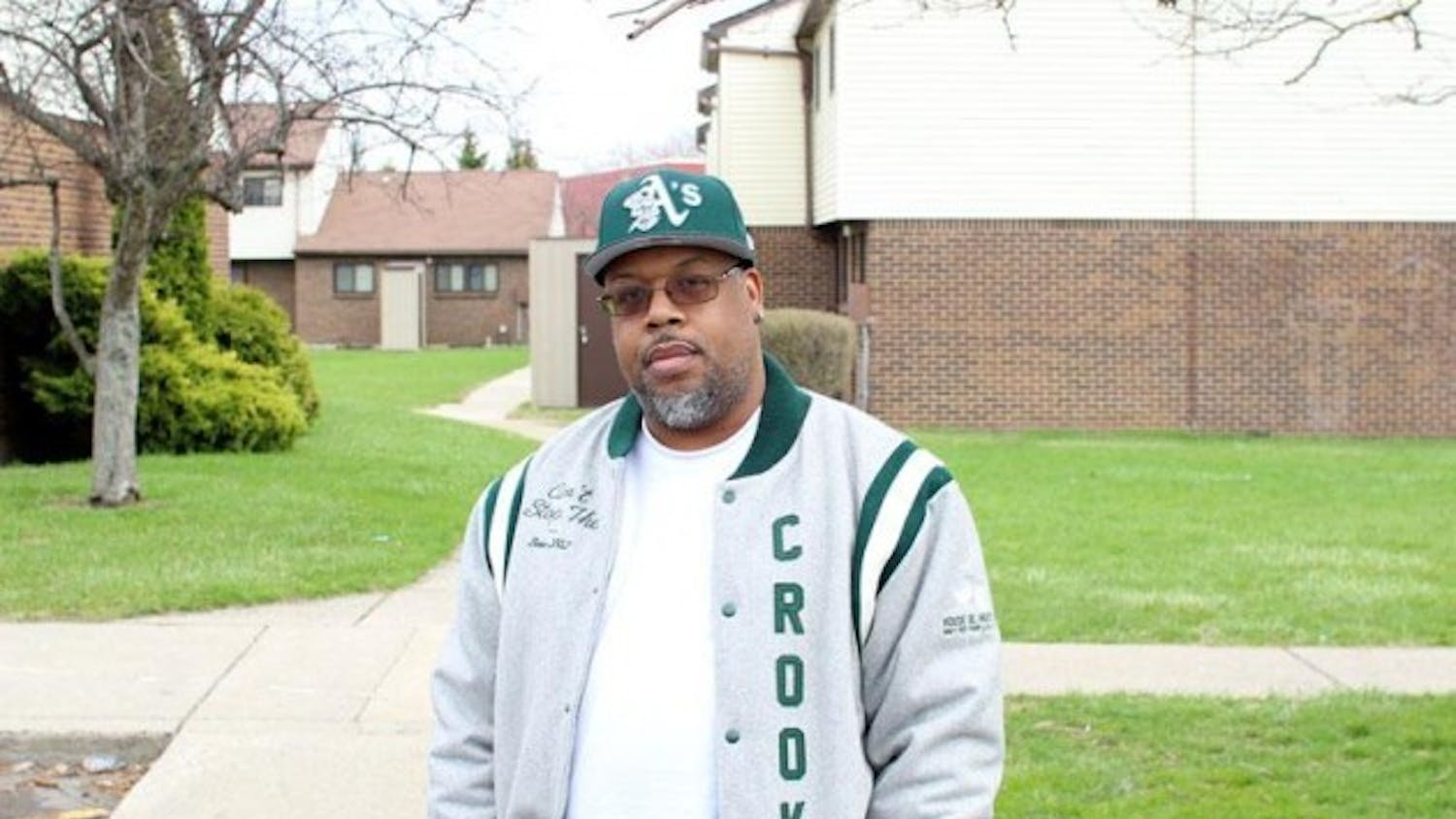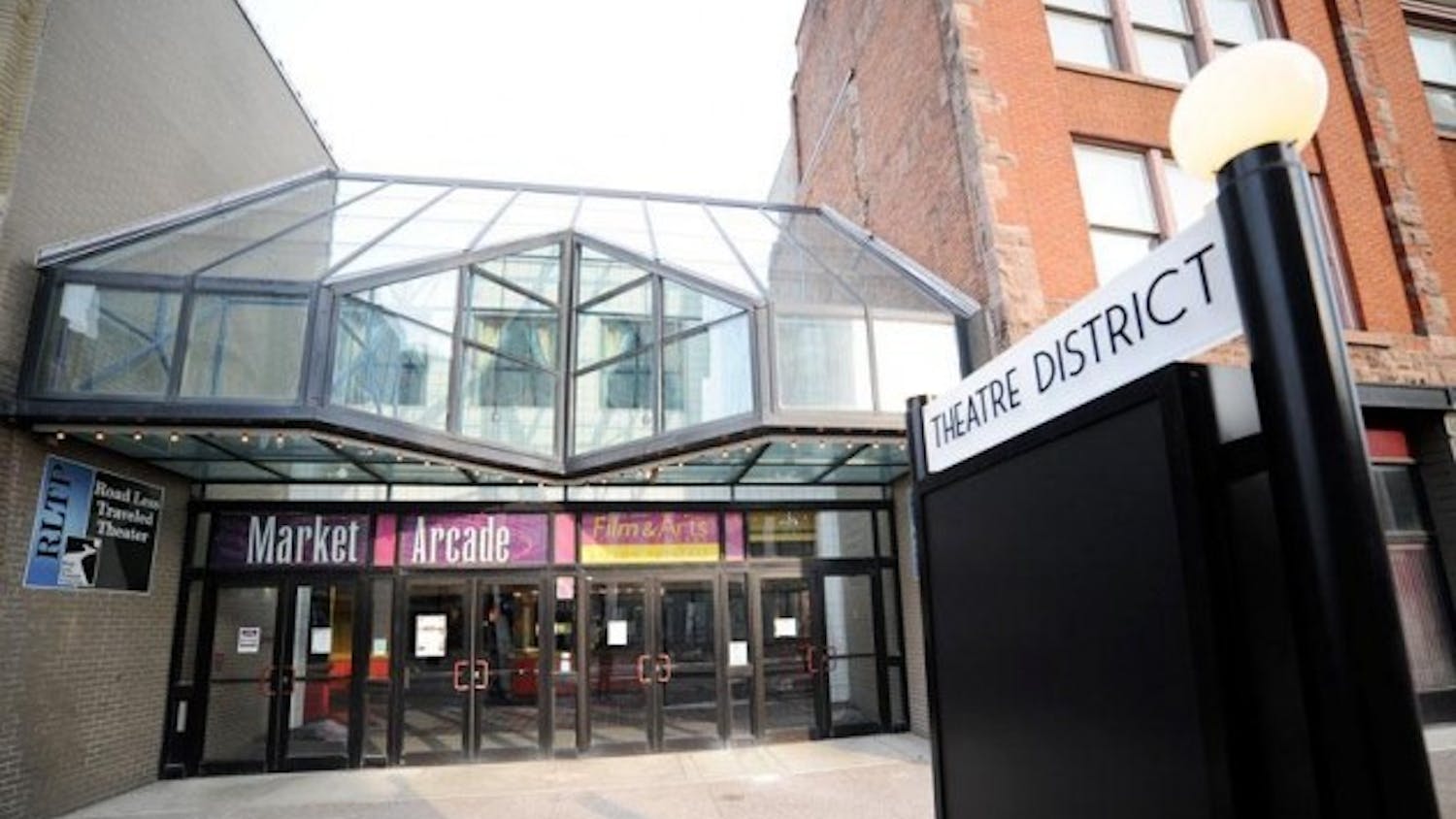Amy Rockwood noticed a problem. She realized many patients using the Erie County Medical Center (ECMC) emergency room shouldn't actually be there.
Rockwood, a licensed master social worker (LMSW) at ECMC's University Emergency Medical Services, said there is a lack of primary care providers in Buffalo. So, patients visit the ER for non-emergent issues.
In May 2012, Rockwood won a $2.7 million state grant regarding health care costs and their correlation to health improvement in local citizens. She used it to create the program HealthiER to educate citizens on self-managing their issues that come with chronic health problems instead of relying on the ER.
"The [traditional] health system sort of ignores the social determinants of health," said Anthony Billittier IV, an attending physician at ECMC, assistant professor of emergency medicine at UB and dean of the School of Health Professions at D'Youville College. "The reality is that the root of their problems is seated in their socioeconomic environment."
Rockwood believes social factors play a major role in health care. Her experience in the social aspect of medical care in Buffalo caused her to notice the area is severely deficient in primary doctors.
She feels this lack of availability turns into an absence of education and resources, forcing patients who would usually be able to self-manage their chronic illnesses - like diabetes, high blood pressure or arthritis - to visit the ER every time their condition flares up. Rockwood saw the grant as a perfect opportunity to help take some of the pressure off Buffalo's emergency rooms.
Liza Pomerantz and Juliana Wilson, residents in the UB School of Medicine, will work with the program over the summer and conduct house visits of patients with chronic illnesses. The visits will encourage patients to keep themselves as healthy as possible while exposing the doctors to other parts of health care that are not taught in the classroom.
Heading the design proposal, Rockwood brainstormed with Billittier. She delivered the proposal in June and received the grant a few weeks later.
In a mere three months, Rockwood and her team created HealthiER and transformed the program from an idea in her head to a functional organization with a trained staff, ready to enroll patients.
The program's employees are known as "community health workers," individuals living in the same areas as the patients HealthiER plans to reach. Rockwood feels that using members from the community to help the public allows them to make a connection that is impossible to have between the doctor and patient.
Community health workers will contact patients who live in the City of Buffalo and have visited the ER at least twice in the past year. These individuals often have chronic problems that are difficult to manage, usually due to a lack of resources or poor education about their conditions, according to Billittier.
The community health workers will work with the patients, assisting in giving the patient access to a primary care provider, health insurance applications and other medical services if needed. These connections will serve to educate patients and connect them with resources that allow them to manage most of the symptoms of their illnesses without a trip to the doctor's office.
"Once we send patients on their way, we won't actually leave them," Billittier said in an interview for ED Management, a medical publication. "The community health workers will do what they can to make patients' lives better, so they will have better health."
For Rockwood, the best aspect of HealthiER is its involvement of all facets of health care. HealthiER combines the social aspects, usually not addressed by an ER doctor, with the medical aspects seen insides the doors of the emergency room.
"It's a tremendous opportunity for the collision of the medical and scientific side of human care and the human service and social service side of human care to come together to treat patients in a holistic way," Rockwood said. "They can be exposed to the whole person and take care of them that way."
While the program allows doctors to view patient interaction in a different light, Rockwood also believes student involvement, from all fields, is pivotal. UB's medical students will be engaged, assisting on-call doctors with house visits to learn about social and economic correlations to health problems. Rockwood believes this is a great way to learn the many facets of providing health care and what it truly entails.
Rockwood hopes the program will lead to well-rounded health care in the future when the students themselves are doctors.
Email: news@ubspectrum.com




